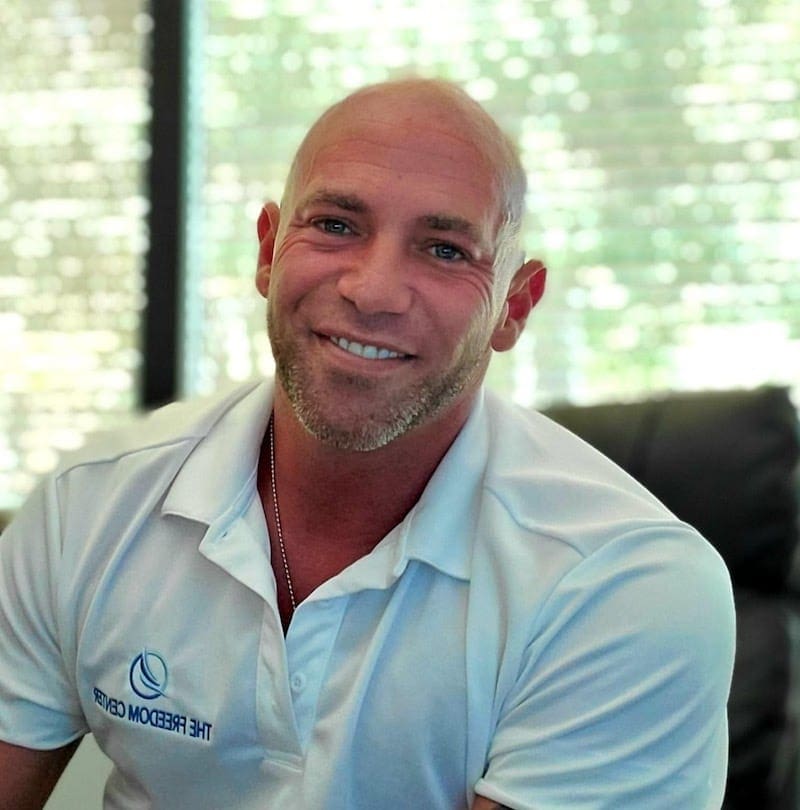A “gateway drug” is a term used in public health to describe a substance linked with earlier substance initiation and a higher likelihood of later substance use or substance use disorder. In plain terms, what does gateway drug mean?
This usually refers to the gateway hypothesis, which holds that early exposure (often in adolescence and young adulthood) can increase later risk for greater substance misuse and addiction. [1] Commonly cited examples include alcohol, tobacco products/vaping, and cannabis. While correlation does not prove causation, early use can cluster with other risk factors, underscoring the importance of prevention and early support.
What Does “Gateway Drug” Mean?
A gateway drug is a substance that often appears early in someone’s history with alcohol or other drugs and is linked to a higher chance of later substance use or a substance use disorder. [2]
The idea known as the gateway hypothesis comes from repeating patterns: early use, especially in teens and young adults, tends to occur alongside other risks such as peer influence, easy access, stress, or unmet mental health needs, and is sometimes followed by broader drug use.
“Gateway” isn’t a moral verdict. It’s a way to describe how risk can stack up and where prevention and education do the most good. It signals patterns, not automatic cause-and-effect.
Early alcohol, tobacco/vaping, or cannabis use can show up alongside later substance use because the same vulnerabilities are at work. [3]
Local context matters, too: laws and policies, product availability and potency (for example, THC levels), community norms, and marketing all shape which substances appear first in different places and time periods.
Common “Gateway” Substances & Later Risks
| Substance | Typical Early Context | Later Concerns (Correlation) | Notes |
| Alcohol | Social gatherings, family modeling | ↑ drug use, alcohol use disorder | Legal access; marketing exposure |
| Nicotine/Vaping | Peers, flavored products, experimentation | Transition to cigarettes: polysubstance risk | Tobacco use & dependence patterns |
| Cannabis (THC) | Social use: changing legalization context | ↑ marijuana use → correlations with cocaine use/opioid misuse in some cohorts | Potency/THC trends vary by market |
Why “Gateway” Patterns Appear: Risk Factors
Early substance use usually isn’t about one thing. It tends to happen where several risks pile up at once.
Common threads include peer pressure, family modeling of alcohol use or drug use, stress or trauma, easy access to substances, and local norms that make experimenting seem normal. [4] Struggles at school, fewer structured activities, and untreated mental health symptoms can add momentum.
Biology plays a role, too. Some people feel rewards more intensely or are especially drawn to novelty, so first use can hit harder and stick faster.
When those pieces stack —strong peer influence, high availability, stress, and high reward sensitivity — the odds of continued use rise.
Substance Initiation in Adolescents
Teen brains prioritize rewards and social signals before the “brakes” of planning and self-control fully mature. That timing can boost impulsivity, magnify peer influence, and make first-use moments feel exciting or relieving.
On average, starting earlier is linked to a higher lifetime risk of substance abuse and substance use disorder, though many teens do not progress. [5] Screening, skills-based prevention, and steady support from families and schools help counter those developmental pressures.
Correlation vs. Causation: What the Evidence Shows
“Gateway” research mostly shows a familiar timeline: alcohol or tobacco come first, then cannabis, and only some move on to illicit substances. That’s a pattern, not proof of cause.
Early use often travels with other risks, such as easy access at home, strong peer pull, sensation-seeking, or untreated mental health stress. Those background factors can explain both the first try and what happens later.
Early use is a signal of higher risk, not a guarantee of “harder drugs.” The helpful response is to step in early with support, screening, clear limits, and practical coping skills.
The Gateway Hypothesis Today
Today, “gateway” is less about one drug causing another and more about how several forces add up over time. Product strength (like higher THC or potent vaping liquids), easy access and marketing, friends’ choices, stress and other mental health pressures, and a person’s own sensitivity to reward can all interact.
When those pieces line up, early use is more likely to lead to other substance use, not because it must, but because the path gets smoother.
The practical focus has shifted to what changes that path: delay first use, limit access in high-risk settings, spot problems early, and build everyday skills and supports that steady mood and decision-making. It’s about lowering risk, step by step, rather than labeling any single substance as the cause.
Cannabis & the Gateway Debate
In places with legal cannabis, teens and young adults often see it sooner and in many forms: flower, vapes, edibles, high-THC concentrates. Findings on whether marijuana use leads to “harder drugs” are mixed. [6] Much of the overlap reflects shared risk factors, such as peer influence, stress, easy access, and local norms, rather than a single cause.
Potency and route (smoked, vaped, eaten), plus how heavily products are marketed or sold nearby, also shape what comes next. Treating cannabis as a one-size-fits-all gateway drug misses that complexity.
Tobacco/Vaping as a Launch Point
Nicotine can function as an early “launch point” because it rapidly conditions reward pathways and builds dependence. Modern vaping products deliver nicotine efficiently, often with flavored aerosols that appeal to young people and young adults.
Early tobacco use is correlated with later substance use, including alcohol use and other drugs, and with polysubstance patterns over time. [7] Policy levers —including age restrictions, flavor limits, taxation, marketing rules, and retailer compliance —affect exposure and trajectories at the population level.
Prevention efforts that combine access controls, school-based screening, and family engagement show the strongest signal for delaying initiation and reducing the likelihood of transition to combustible cigarettes or other substances.
“Soft” vs “Harder Drugs”: Why the Labels Mislead
Labels like “soft” and “harder” miss what actually drives harm. Legal status isn’t the same as safety. Risk has more to do with dose and frequency, how a drug is used (smoked, vaped, injected), its potency, and a person’s health, stress, and mental health.
Heavy alcohol use, for example, can cause more harm than occasional use of some illicit substances. By the same token, high-potency stimulants or opioids can be dangerous even at low doses.
A Private First Step Toward Clarity
Worry about early drug or alcohol use is common. A private visit with a healthcare professional can help determine whether a pattern looks like brief experimentation, emerging substance use, or a substance use disorder, especially for adolescents and young adults.
Calm, nonjudgmental support, including simple screening, practical skill-building, and coordination with families or schools, helps lower risk and map realistic next steps.














































